LITERATURE CITED
ALEXANDER, HARTLEY BURR.
1916. North American [mythology]. In The Mythology of All Races, L. H. Gray, editor, vol. 10, 325 pp. Boston.
AMSDEN, CHARLES AVERY.
1934. Navaho weaving, its technic and history. Fine Arts Press, Santa Ana, Calif., in cooperation with the Southwest Museum, 261 pp.
BOEKELMAN, HENRY J.
1936. Shell trumpet from Arizona. Amer. Antiquity, vol. 2, No. 1, pp. 27-31.
BREW JOHN OTIS.
1949. Report No. 3 of the Awatovi Expedition: Franciscan Awatovi, Pap. Peabody Mus. Amer. Archaeol. and Ethnol., vol. 36, 362 pp., Harvard Univ., Cambridge.
CULIN, STEWART.
1907. Games of the North American Indians. 24th Ann. Rep. Bur. Amer. Ethnol., 1902-03, pp. 3-846.
CUSHING, FRANK HAMILTON.
1896. Outlines of Zui creation myths. 13th Ann. Rep. Bur. [Amer.] Ethnol., 1891-92, pp. 321-447.
1923. Origin myth from Oraibi. Journ. Amer. Folk-Lore, vol. 36, pp. 163-170.
FEWKES, J. W.
1894. The kinship of a Tanoan-speaking community in Tusayan. Amer. Anthrop., vol. 7, pp. 162-167.
1898. Archeological expedition to Arizona in 1895. 17th Ann. Rep. Bur. Amer. Ethnol., 1895-96, pt. 2, pp. 519-744.
FRANCISCAN FATHERS.
1910. An ethnologic dictionary of the Navaho language. 536 pp. Saint Michaels, Ariz.
1912. A vocabulary of the Navaho language.... 2 vols. Saint Michaels, Ariz.
HAILE, BERARD, FATHER.
1947. Starlore among the Navaho. 44 pp. Mus. Navajo Ceremonial Art, Santa Fe, N. Mex.
HAILE, BERARD, FATHER, and WHEELWRIGHT, MARY CABOT.
1949. Emergence myth, according to the Hanelthnayhe or upward-reaching rite. Mus. Navajo Ceremonial Art, Navajo Religion Ser., vol. 3. Santa Fe, N. Mex.
HODGE, FREDERICK WEBB.
1895. The early Navajo and Apache. Amer. Anthrop., vol. 8, pp. 223-240.
KLAH, HASTEEN, and WHEEL WRIGHT, MARY CABOT.
1942. Navajo creation myth, the story of the emergence. Mus. Navajo Ceremonial Art, Navajo Religion Ser., vol. 1. Santa Fe, N. Mex.
LOWIE, ROBERT H.
1908. The test-theme in North American mythology. Journ. Amer. Folk-Lore, vol. 21, pp. 97-148.
LUMMIS, CHARLES FLETCHER.
1910. Pueblo Indian folk-stories. New York.
MARTIN, PAUL S.
1936. The Lowry Ruin in southwestern Colorado. Field Mus. Nat. Hist., Anthrop. Ser., vol. 23, No. 1.
MATTHEWS, WASHINGTON.
1884. Navaho weavers. 3d Ann. Rep. Bur. [Amer.] Ethnol., 1881-82, pp. 371-391.
1885. The origin of the Utes. Amer. Antiquarian, vol. 7, pp. 271-274.
1886. Navajo names for plants. Amer. Naturalist, vol. 20, pp. 767-777.
1887. The mountain chant: A Navajo ceremony. 5th Ann. Rep. Bur. [Amer.] Ethnol., 1883-84, pp. 379-467.
1889a. Navajo gambling songs. Amer. Anthrop., vol. 2, No. 1, pp. 1-20.
1889b. Noqoilpi, the gambler: a Navaho myth. Journ. Amer. Folk-Lore, vol. 2, pp. 89-94.
1890. The Gentile system of the Navajo Indians. Journ. Amer. Folk-Lore, vol. 3, pp. 89-110.
1894a. The basket drum. Amer. Anthrop, vol., 7, pp. 202-208.
1894b. Songs of sequence of the Navajos. Journ. Amer. Folk-Lore, vol. 7, No. 26, pp. 185-194. July-Sept.
1897. Navaho legends. Collected and translated... Mem. Amer. Folk-Lore Soc., vol. 5. Boston and New York.
MINDELEFF, COSMOS.
1898. Navaho houses. 17th Ann. Rep. Bur. Amer. Ethnol., 1895-1896, pt. 2, pp. 469-517.
MORRIS, EARL H.
1921. The house of the Great Kiva at the Aztec ruin. Anthrop. Pap. Amer. Mus. Nat. Hist., vol. 26, pt. 2, pp. 115-121.
1924. Burials in the Aztec ruin... Anthrop. Pap. Amer. Mus. Nat. Hist., vol. 26, pts. 3 and 4, pp. 193-195.
NUSBAUM, JESSE L.
1922. A basket-maker cave in Kane County, Utah... Mus. Amer. Indian, Indian Notes and Monographs, Heye Foundation. New York.
PARSONS, ELSIE CLEWS.
1919. Note on Navajo War Dance. Amer. Anthrop., n. s., vol. 21, No. 4, pp. 465-467.
1923. The origin myth of Zui. Journ. Amer. Folk-Lore, vol. 36, pp. 135-162.
1933. Some Aztec and Pueblo parallels. Amer. Anthrop., n. s., vol. 35, pp. 611-631.
PEPPER, GEORGE H.
1908. Ah-jih-lee-hah-neh, a Navajo lengend. Journ. Amer. Folk-Lore, vol. 21, pp. 178-183.
1920. Pueblo Bonito. Anthrop. Pap. Amer. Mus. Nat. Hist., vol. 27.
SAUNDERS, C. F.
1933. Western wild flowers and their stories. Garden City, N. Y.
STEVENSON, JAMES.
1891. Ceremonial of Hasjelti Dailjis and mythical sand painting of the Navajo Indians. 8th Ann. Rep. Bur. [Amer.] Ethnol., 188687, pp. 229285.
STEVENSON, MATILDA COXE.
1904. The Zui Indians: Their mythology, esoteric fraternities, and ceremonies. 23d Ann. Rep. Bur. Amer. Ethnol., 19011902, pp. 3634.
TOZZER, ALFRED M.
1908. A note on star-lore among the Navajos. Journ. Amer. Folk-Lore, vol. 21, pp. 2832.
1909. Notes on religious ceremonials of the Navaho. Putnam Anniversary volume, pp. 299343.
WHEEL WRIGHT, MARY CABOT, see HAILE, BERARD, FATHER, and WHEELWRIGHT, MARY CABOT.
WETHERILL, LULA WADE, and CUMMINGS, BYRON
1922. A Navaho folk tale of Pueblo Bonito. Art and Archaeol., vol. 14, No. 3, pp. 132-136.
WHITMAN, WILLIAM, 3d.
1925. Navaho tales, retold. Boston.
WRIGHT, ARTHUR.
1908. An Athabascan tradition from Alaska. (Informant, Rev. W. A. Brewer.) Journ. Amer. Folk-Lore, vol. 21, pp. 3234.
CONCERNING THE SPIRITUAL IN ART, Wassily Kandinsky. Pioneering work by father of abstract art. Thoughts on color theory, nature of art. Analysis of earlier masters. 12 illustrations. 80pp. of text. 5% x 8.
CELTIC ART: The Methods of Construction, George Bain. Simple geometric techniques for making Celtic interlacements, spirals, Kells-type initials, animals, humans, etc. Over 500 illustrations. 160pp. 9 x 12. (Available in U.S. only.)
AN ATLAS OF ANATOMY FOR ARTISTS, Fritz Schider. Most thorough reference work on art anatomy in the world. Hundreds of illustrations, including selections from works by Vesalius, Leonardo, Goya, Ingres, Michelangelo, others. 593 illustrations. 192pp. 7  x 10.
x 10.
CELTIC HAND STROKE-BY-STROKE (Irish Half-Uncial from The Book of Kells): An Arthur Baker Calligraphy Manual, Arthur Baker. Complete guide to creating each letter of the alphabet in distinctive Celtic manner. Covers hand position, strokes, pens, inks, paper, more. Illustrated. 48pp. 8 x 11.
EASY ORIGAMI, John Montroll. Charming collection of 32 projects (hat, cup, pelican, piano, swan, many more) specially designed for the novice origami hobbyist. Clearly illustrated easy-to-follow instructions insure that even beginning paper-crafters will achieve successful results. 48pp. 8 x 11.
BLOOMINGDALES ILLUSTRATED 1886 CATALOG: Fashions, Dry Goods and Housewares, Bloomingdale Brothers. Famed merchants extremely rare catalog depicting about 1,700 products: clothing, housewares, firearms, dry goods, jewelry, more. Invaluable for dating, identifying vintage items. Also, copyright-free graphics for artists, designers. Co-published with Henry Ford Museum & Greenfield Village. 160pp. 8 x 11.



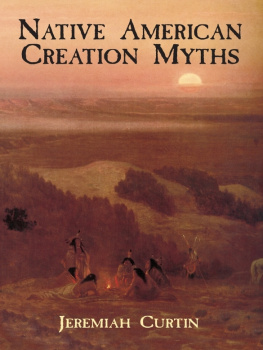


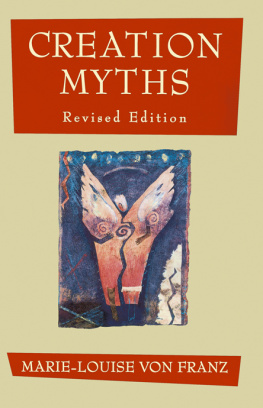
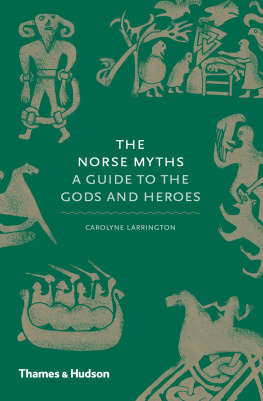
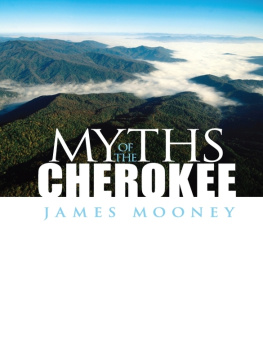
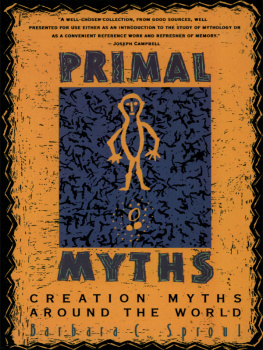
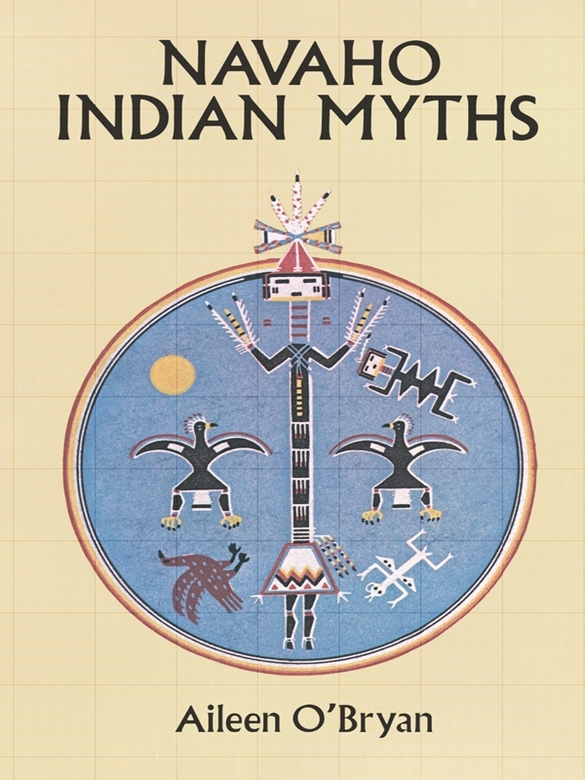


 x 10.
x 10.